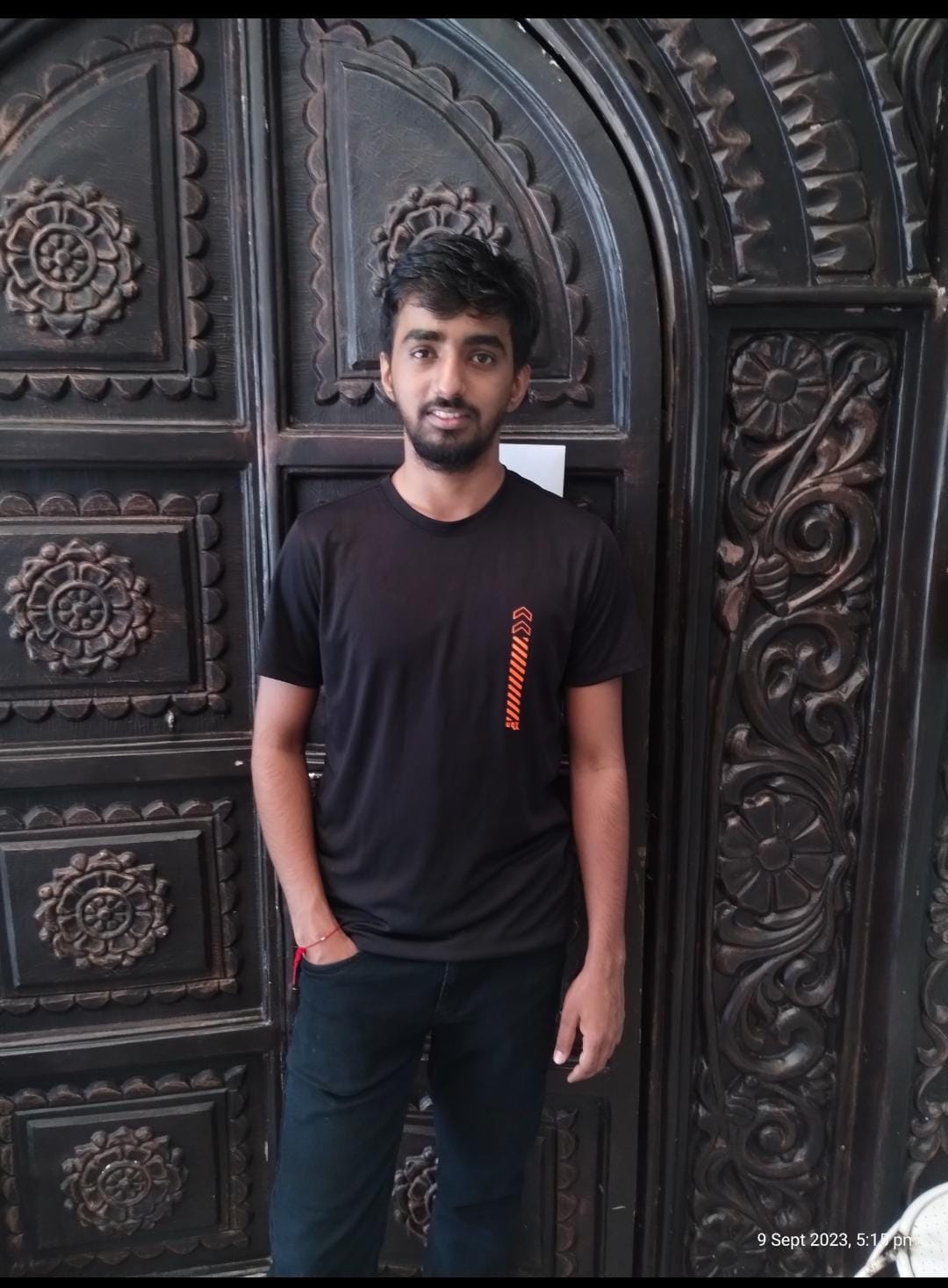My Web Development and DevOps Journey: Linux, Node.js, REST APIs, and More
 Harsh Kumar Rai
Harsh Kumar RaiTable of contents
- 1. Mastering Linux for Web Development and DevOps
- 2. Diving Deep into the DOM and Node.js
- 3. Understanding HTTP, Domains, and Ports
- 4. Building and Testing APIs with Postman
- 5. REST API, Middlewares, and Rate Limiting
- 6. Fetch API vs Axios: Handling Requests in JavaScript
- 7. Server-Side Rendering (SSR)
- What’s Next?

In my latest deep dive into web development and DevOps, I explored several key technologies and concepts that form the backbone of building modern web applications. From mastering Linux commands to understanding REST APIs and using server-side rendering, this journey has been both rewarding and challenging.
In this blog, I’ll walk through what I’ve learned so far, how these concepts connect, and what’s next on my journey.
1. Mastering Linux for Web Development and DevOps
Linux is at the core of most web servers, and understanding it is crucial for any developer. I explored basic commands, file navigation, permissions, and how to optimize my development environment using the Command Line Interface (CLI).
- Why Linux? Linux is the preferred OS for servers and cloud infrastructure, offering flexibility, security, and performance. Learning Linux has enabled me to streamline my workflows, especially when managing web servers or containerized applications.
Key Takeaway: Efficient use of Linux allows me to control server environments with confidence, and that’s key for both web development and DevOps.
2. Diving Deep into the DOM and Node.js
Next, I shifted my focus to DOM Manipulation and Node.js:
DOM Manipulation: The DOM (Document Object Model) is how JavaScript interacts with web pages. I learned how to dynamically update content, handle user inputs, and respond to events using JavaScript.
Node.js: Node.js enables JavaScript to run on the server, providing a powerful way to handle backend processes. I built REST APIs, handled requests, and processed data seamlessly with Node.js.
Key Takeaway: With Node.js, I’m now able to build scalable backend applications while manipulating the frontend dynamically through DOM manipulation.
3. Understanding HTTP, Domains, and Ports
Understanding how the web works under the hood is essential for backend development. Here’s what I covered:
HTTP (Hypertext Transfer Protocol): I learned how the request-response cycle works, including the different HTTP methods (GET, POST, PUT, DELETE).
Domains and Ports: Understanding how domains are mapped to IP addresses and how servers listen on different ports to handle multiple types of traffic was enlightening.
Key Takeaway: HTTP is the foundation of web communication, and a solid understanding of how domains and ports work is critical for building reliable applications.
4. Building and Testing APIs with Postman
Building APIs is one thing, but testing them effectively is another. I used Postman to automate API testing:
Request and Response: Postman allowed me to make HTTP requests to test my APIs and understand how servers respond.
Status Codes: I now understand the meaning of HTTP status codes, like 200 (OK), 404 (Not Found), and 500 (Server Error), and how they help in debugging and improving user experience.
Key Takeaway: Postman is a must-have tool for anyone working with APIs, allowing me to test and debug quickly.
5. REST API, Middlewares, and Rate Limiting
Building a REST API from scratch helped me understand the importance of keeping services stateless and scalable. Here are the concepts I focused on:
Middlewares: These are functions that execute during the lifecycle of an HTTP request, before the final request handler. Middlewares helped me with things like authentication and data validation.
Rate Limiting: Implementing rate limiting ensured that APIs were protected from abuse, improving both performance and security.
Key Takeaway: RESTful APIs are the industry standard for web services, and understanding middlewares and rate limiters is crucial for building secure, scalable apps.
6. Fetch API vs Axios: Handling Requests in JavaScript
In modern web applications, we often need to fetch data from APIs. I explored two popular tools for this:
Fetch API: The native browser method to make HTTP requests. While it’s widely supported, it can sometimes feel a bit low-level for advanced features.
Axios: A promise-based HTTP client that offers more features, such as automatic JSON parsing, request cancellation, and interceptors.
Key Takeaway: While Fetch API is sufficient for many tasks, Axios provides additional functionality that’s incredibly useful for more complex projects.
7. Server-Side Rendering (SSR)
To optimize performance and SEO for my web apps, I explored Server-Side Rendering (SSR). By rendering content on the server and sending fully formed HTML to the client, I could:
Improve SEO: Since the full page is rendered server-side, search engines can crawl the page more effectively.
Enhance Performance: SSR reduces load times, as users don’t need to wait for JavaScript to generate content on the client side.
Key Takeaway: SSR is a game-changer for optimizing performance and SEO, especially for content-heavy sites.
What’s Next?
This journey is just getting started. My next steps will focus on DevOps tools and automation, diving into CI/CD pipelines, and leveraging cloud platforms for deployment. I'll also be working on integrating these web development concepts into real-world projects to solidify my learning.
Want to connect? Feel free to reach out and discuss web development or DevOps, or share insights from your own learning journey!
Conclusion
Web development and DevOps are constantly evolving, and staying on top of the latest trends and technologies is crucial. Whether it’s mastering Linux commands or optimizing REST APIs, each step brings me closer to becoming a full-stack web developer.
If you’re also diving into web development or DevOps, I’d love to hear about your journey and what you’ve been learning!
#WebDevelopment #DevOps #Linux #NodeJS #RESTAPI #ServerSideRendering #Postman #BackendDevelopment #APIs
Subscribe to my newsletter
Read articles from Harsh Kumar Rai directly inside your inbox. Subscribe to the newsletter, and don't miss out.
Written by

Harsh Kumar Rai
Harsh Kumar Rai
I am a passionate IT student at the Army Institute of Technology, Pune, with a strong foundation in competitive programming and a keen interest in emerging technologies. My expertise spans across various domains, including: Specialist at Codeforces , 4* Star on CodeChef, and 2333 rank in Google Code Jam.Proficient in MERN stackctively exploring Web3 technologies, As I continue to expand my expertise in Web3, I am dedicated to learning in public and sharing my journey through LinkedIn and Twitter